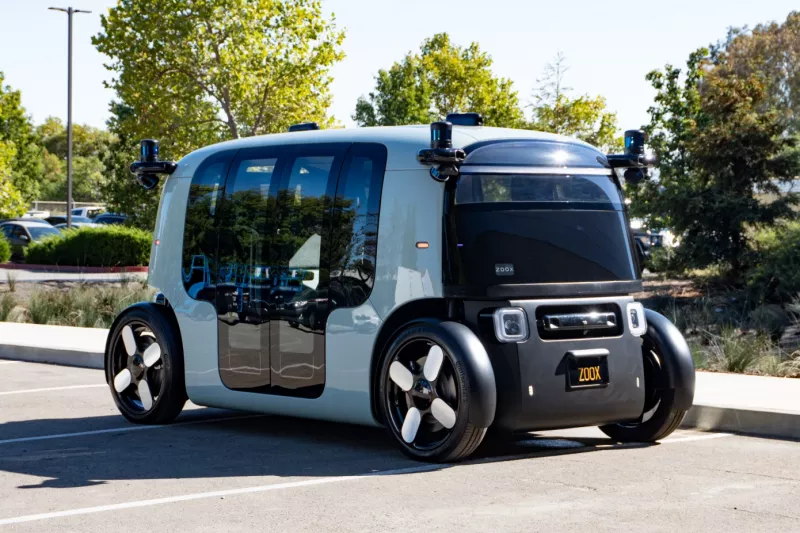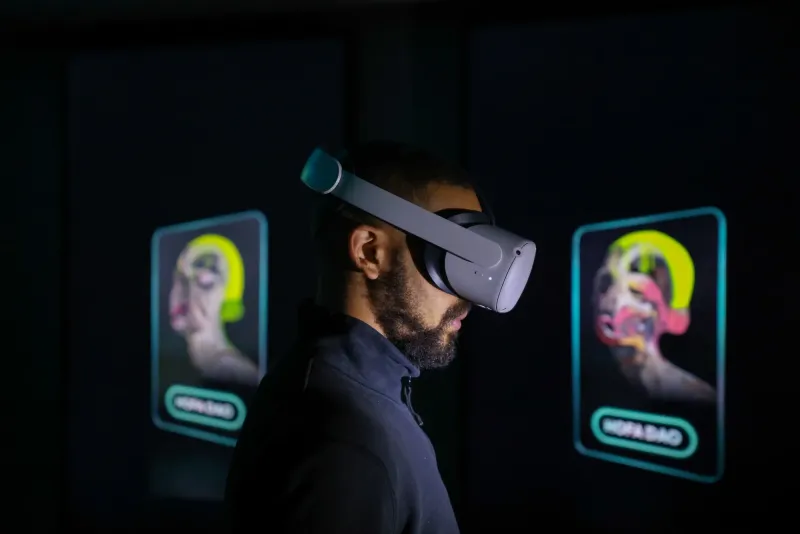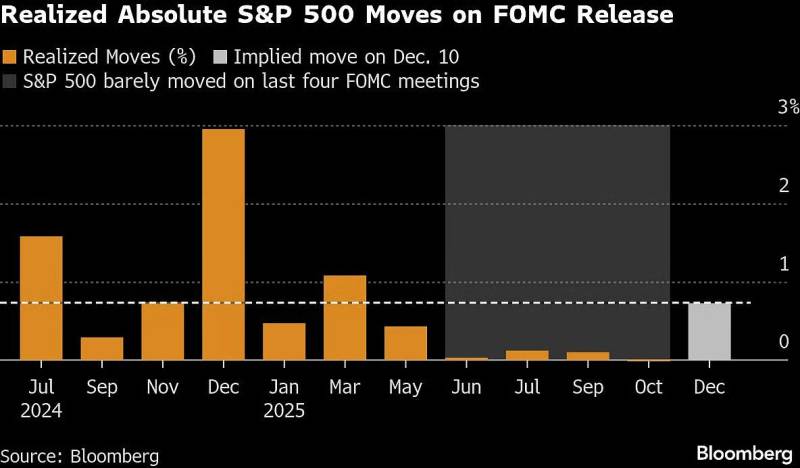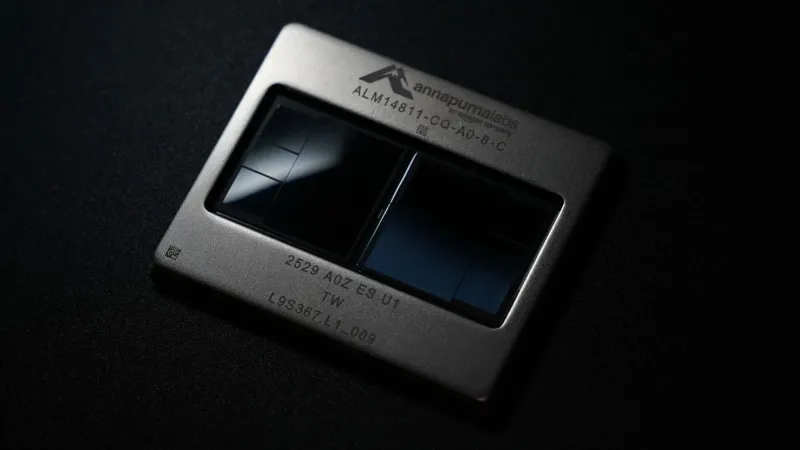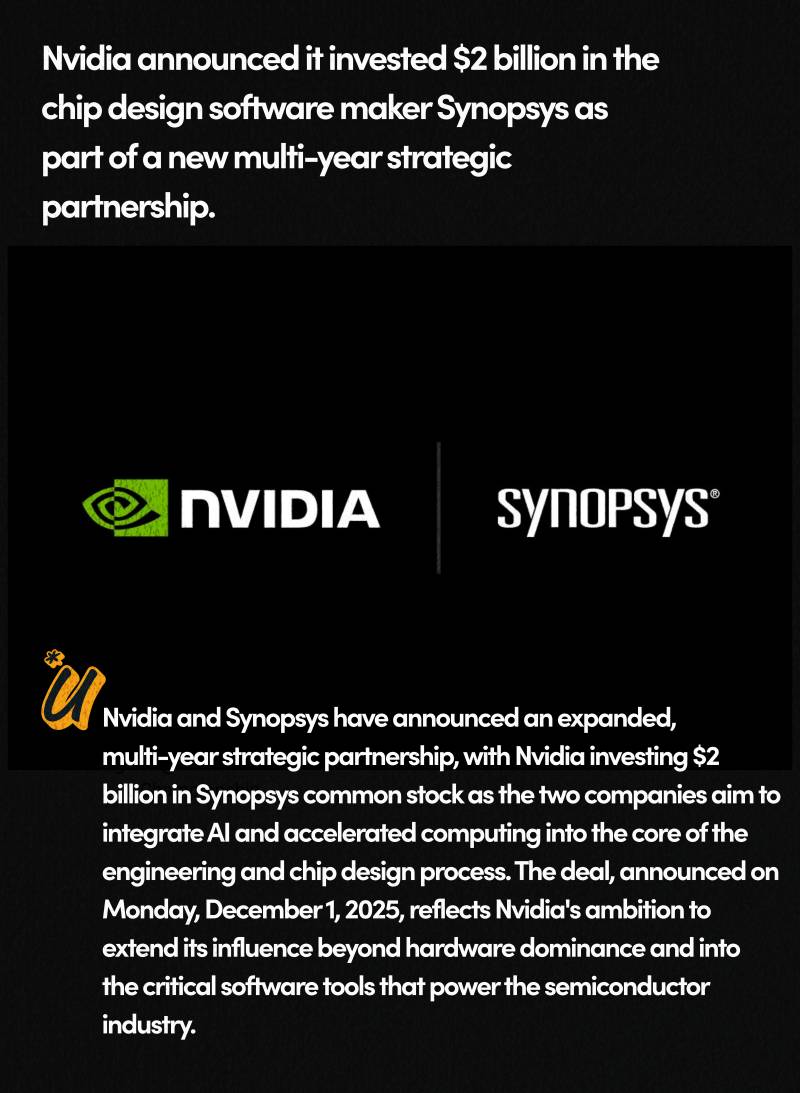A supercar has more in common with The Zoox robotaxi than you think.Take a close look at the Zoox’s breadbox-shaped exterior and inside is the same carbon fiber cabin that can be found in a McLaren.Andy Piper, Zoox’s VP of vehicle development, told TechCrunch,“Yes, we know that supplier very well,” when he pointed out that the Zoox robotaxi’s carbon fiber cab is similar to what supercar automaker McLaren uses in its F1 and production vehicles.
Read Also: Africa’s Digital Economy, Expensive Internet Hinders Investor Activity
The super strong, yet lightweight material protects occupants during collisions either on the race track or in the regular world and Zoox has added it to its autonomous cube.It’s part of a series of safety features the Amazon-acquired startup has implemented in its prototype vehicles as it prepares to test its robotaxis in San Francisco, California, Seattle, Washington and Las Vegas, Nevada with the eventual goal of launching a commercial service.Either on its own or with a little nudge from network-connected monitors, it’s the sensors that make sure the vehicle can see the world.The Zoox systems offers up a 360-degree view of the world. Prominently placed on the four corners of the vehicle’s roof are lidar, radar and cameras.
While not aesthetically pleasing, this sticking-out-from-the-main-body-like-antennas setup does more than help see what’s around, it’s also built in a way so that it can be replaced without too much disruption to the vehicle.As the company advances its sensor array, it can easily update the hardware on the vehicles already deployed. This modular thinking also applies to the driver units situated on either side of the vehicle.The entire apparatus includes the wheels, battery pack and motor.The rig is slid into the vehicle and bolted on. The thinking is that if any of those items require service, the drive unit in need of maintenance can be removed and service performed. Meanwhile, another drive unit can take its place and the vehicle itself can be back on the road with minimal disruption.
Each of these units contains a battery pack with 66.5 kWh of capacity bringing the total battery capacity of the vehicle to 133 kW. Zoox wouldn’t share projected range numbers but did say that the goal is to keep the vehicle in service for at least 16 hours. The vehicles themselves are based on a 400-volt system and support DC fast charging up to 100 kW.Considering the battery size and that its usual route will be in dense urban traffic, staying on the road for the full 16 hours should be achievable while the charge rate will be more than adequate for overnight refilling of the batteries.
